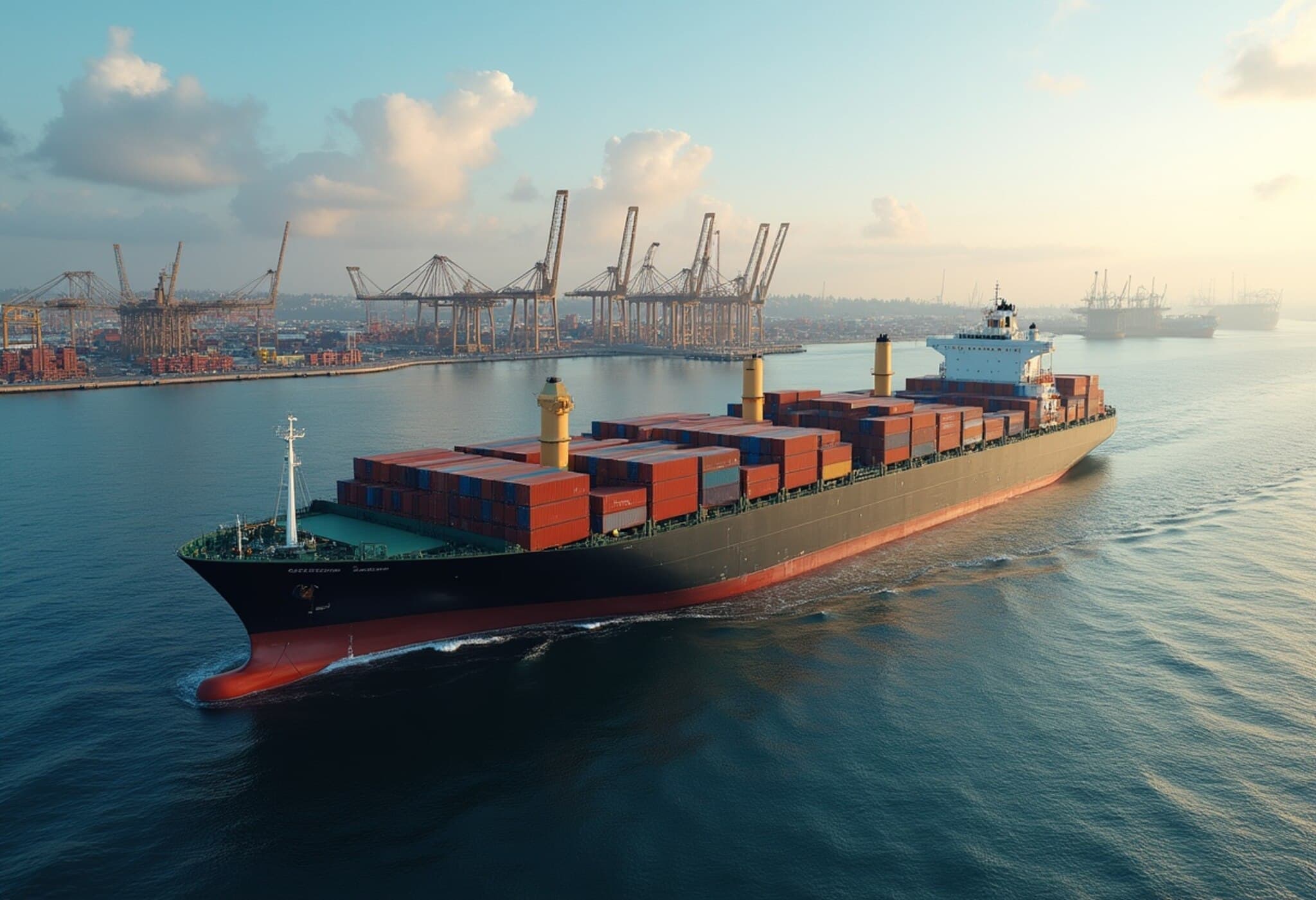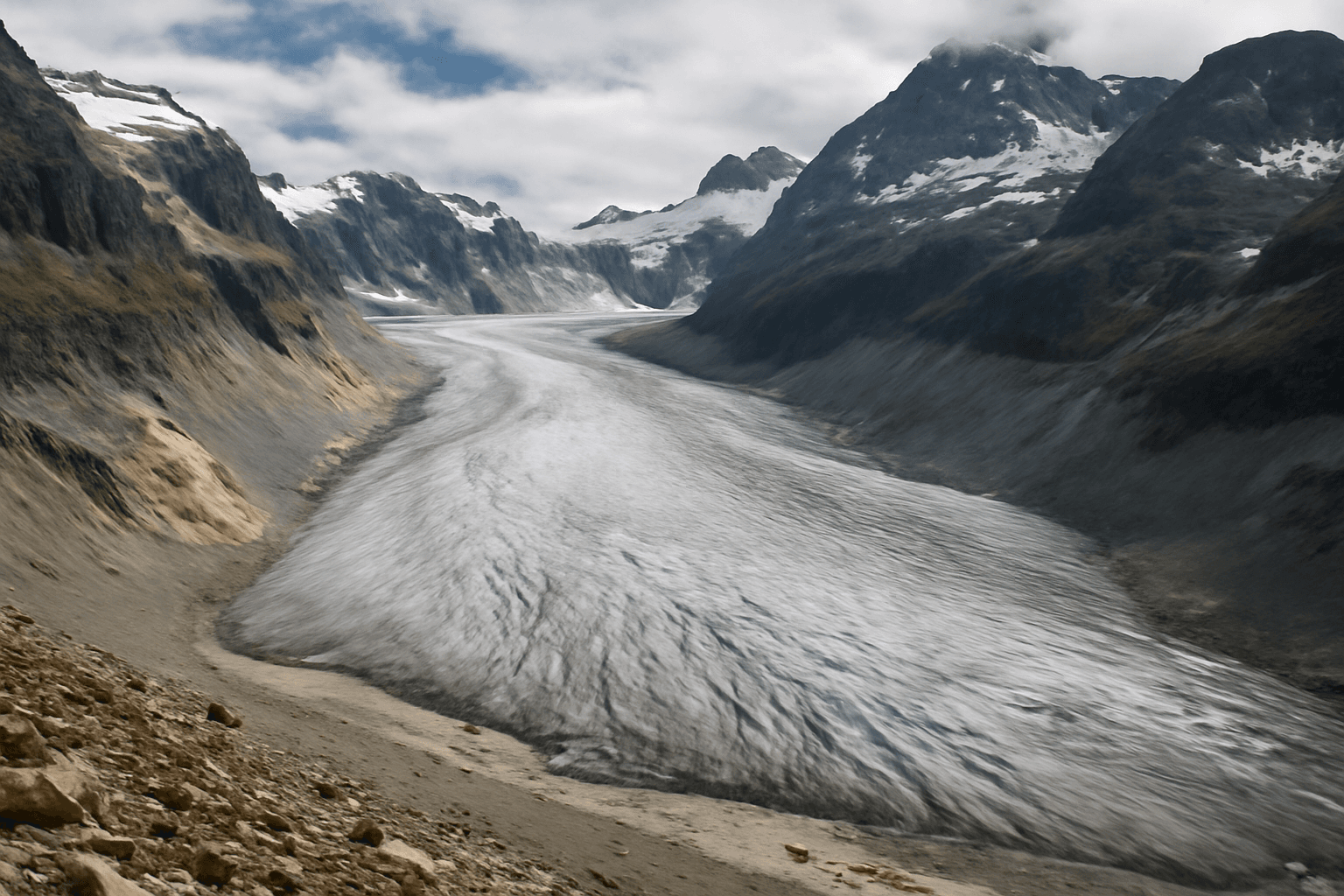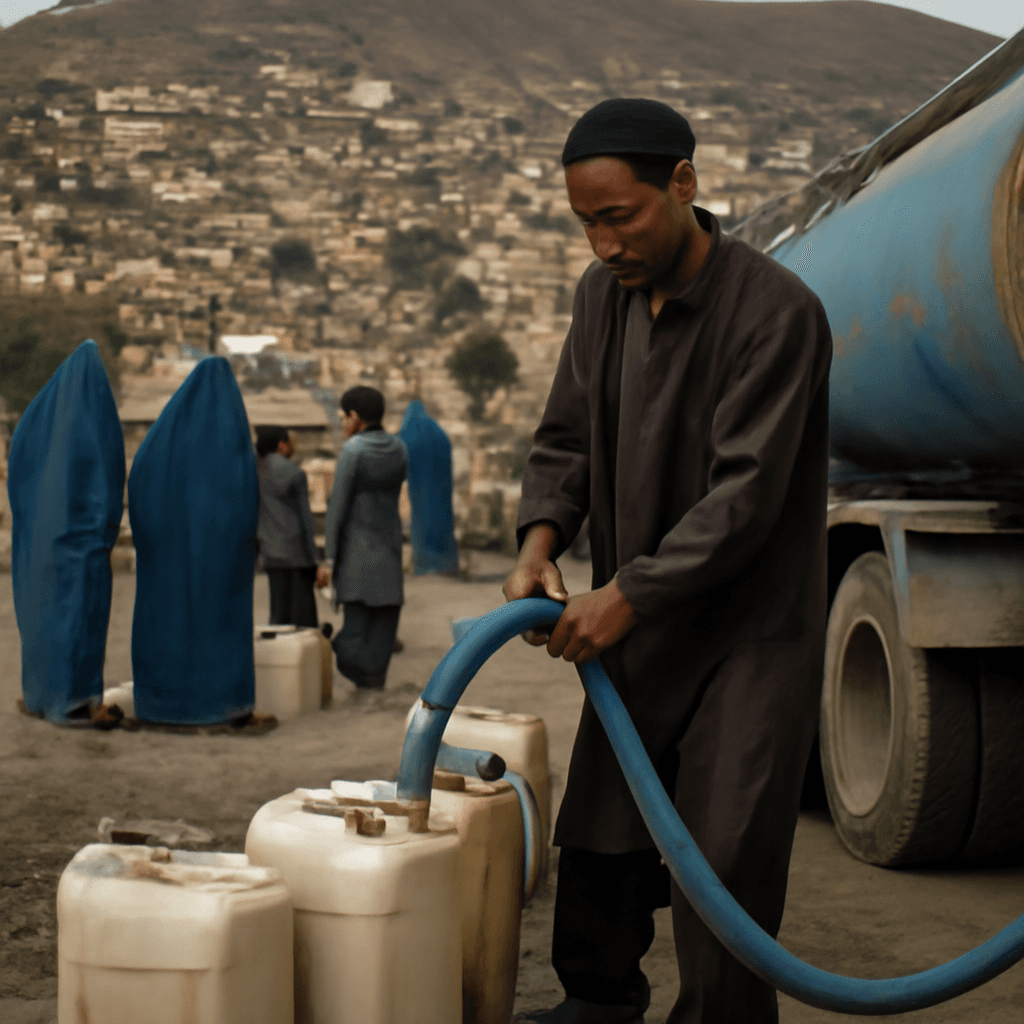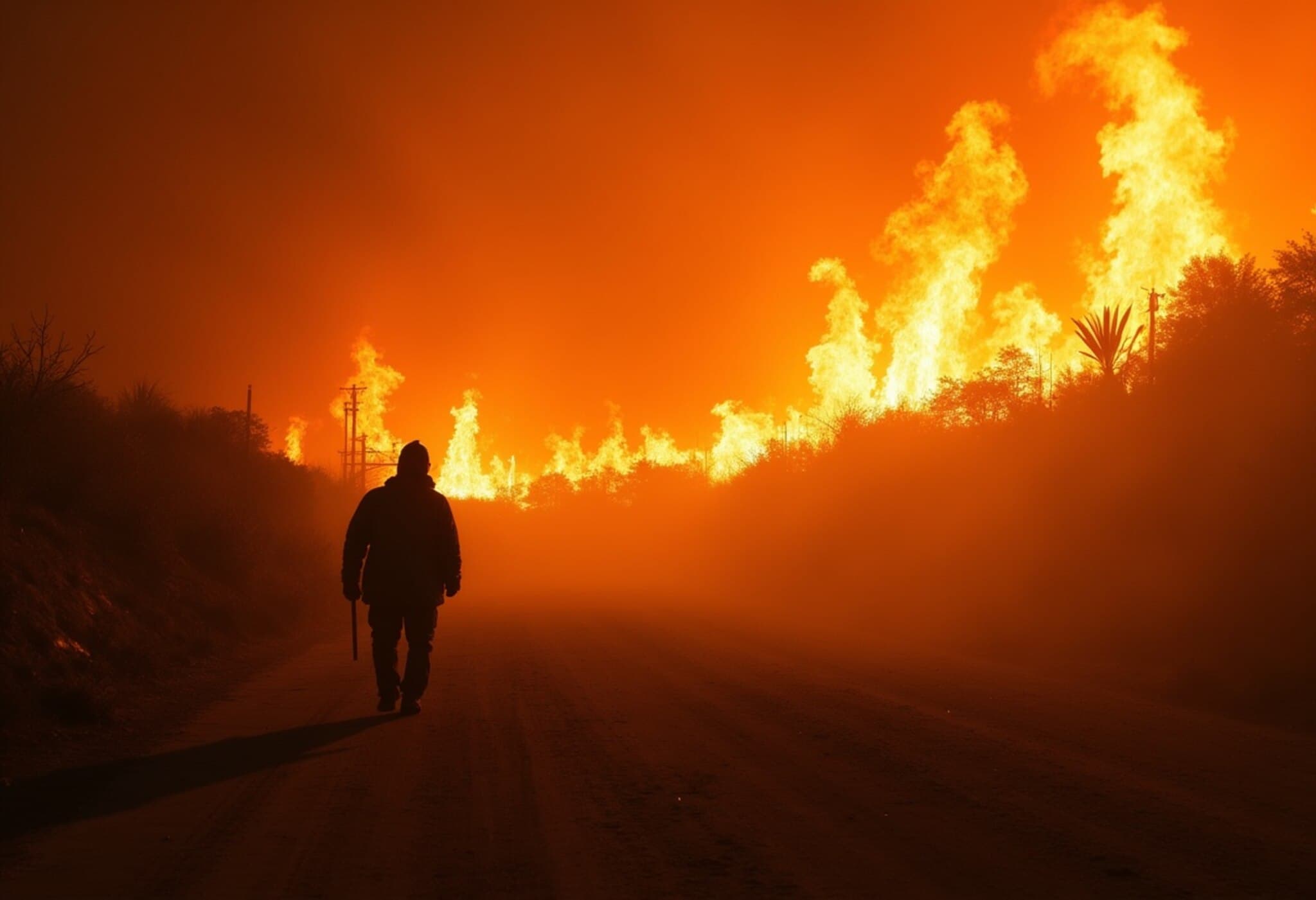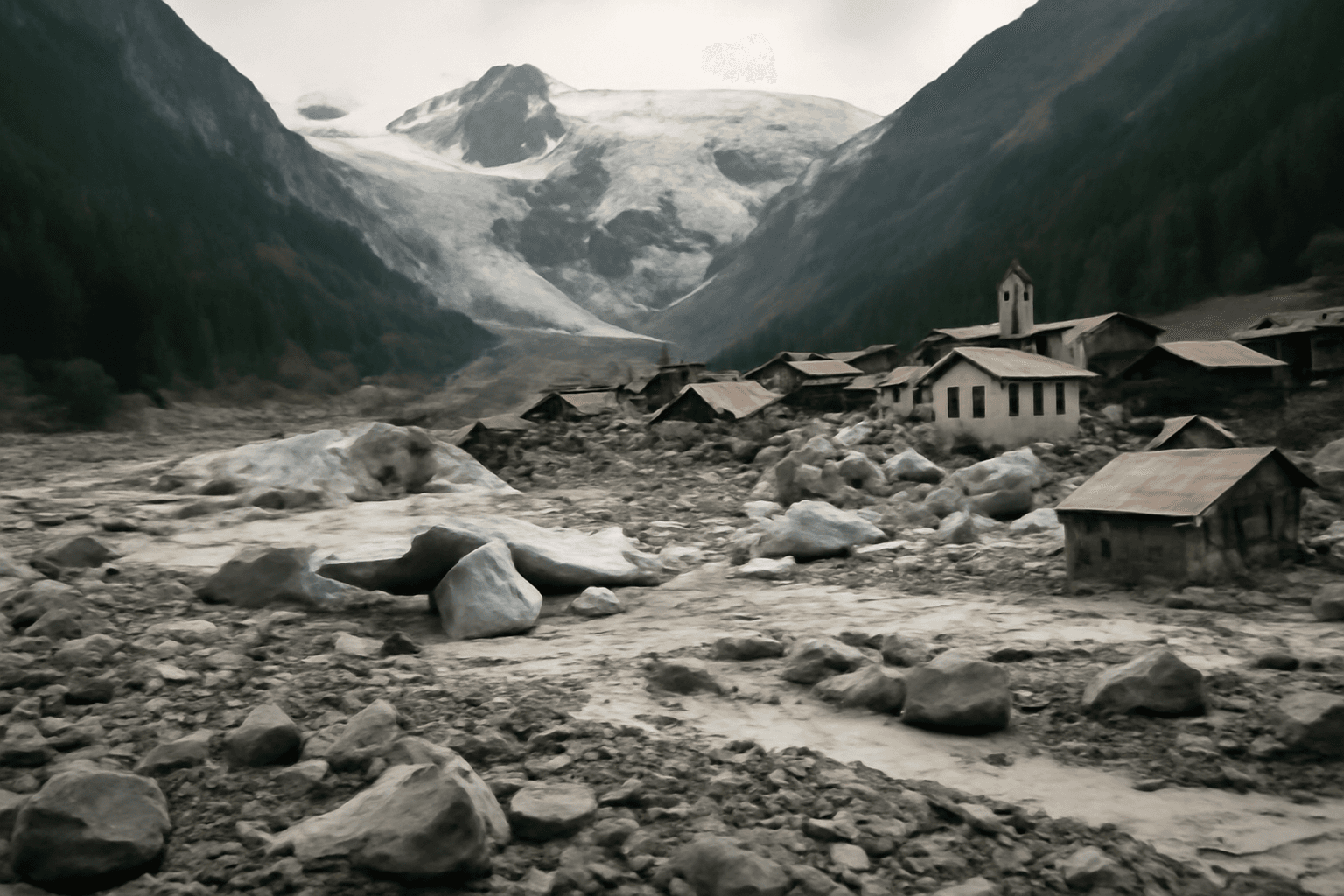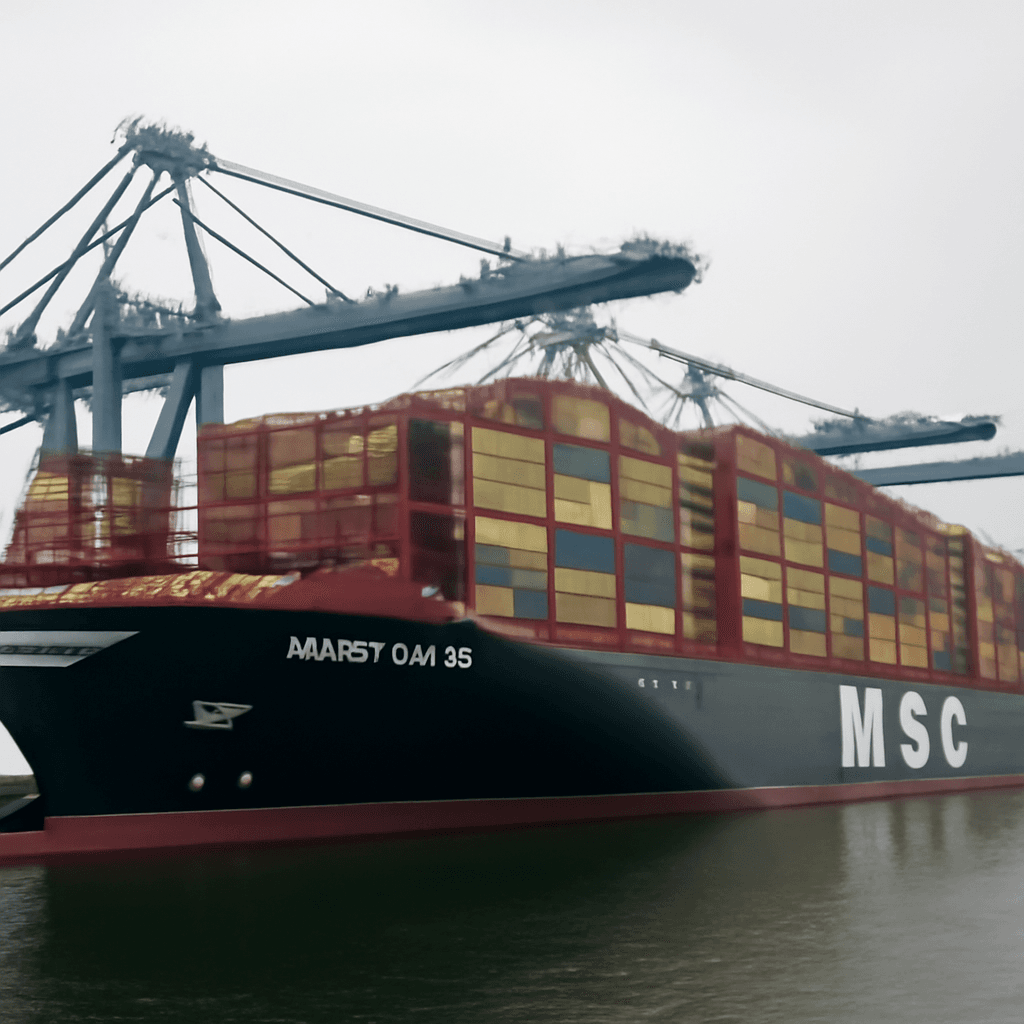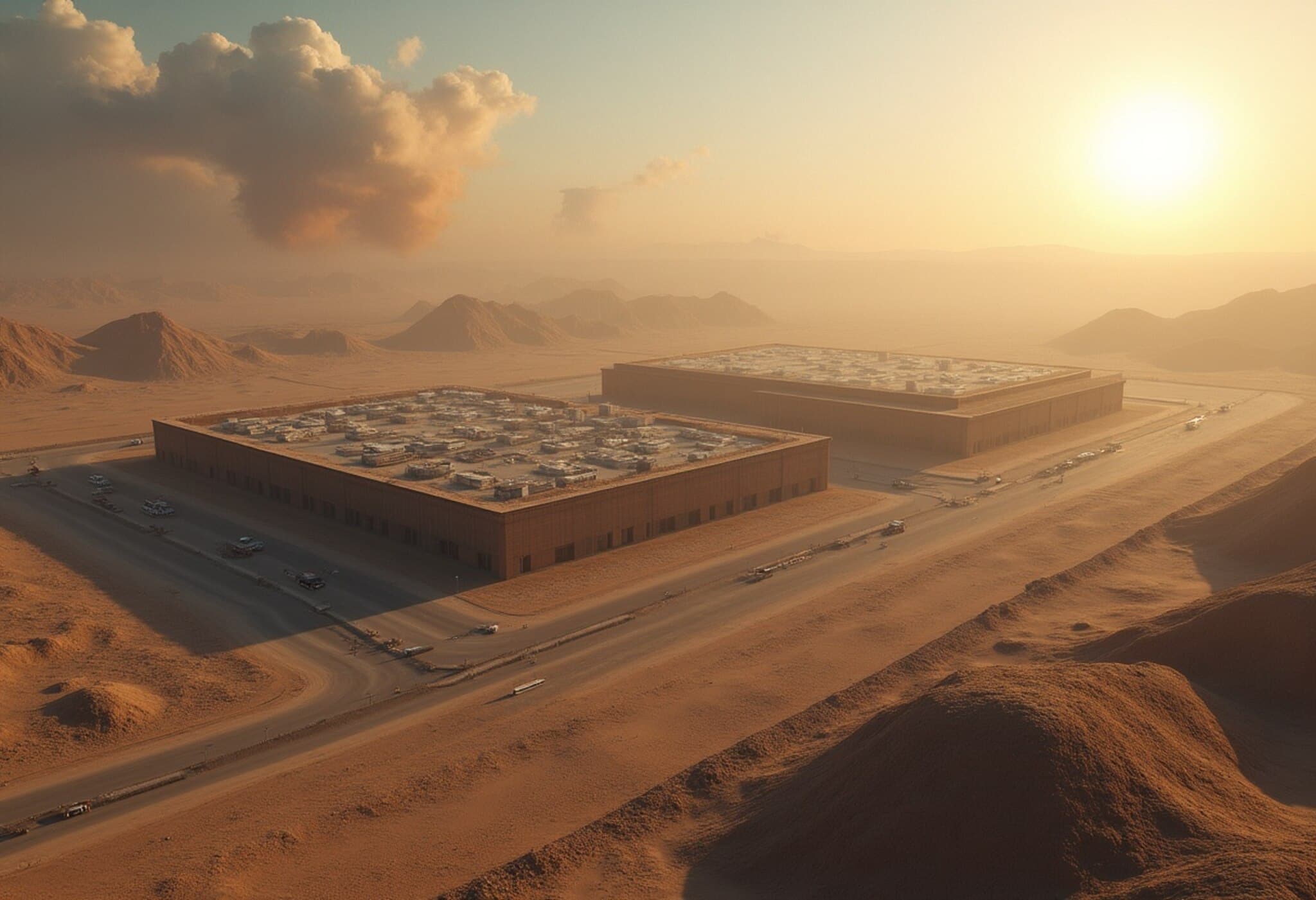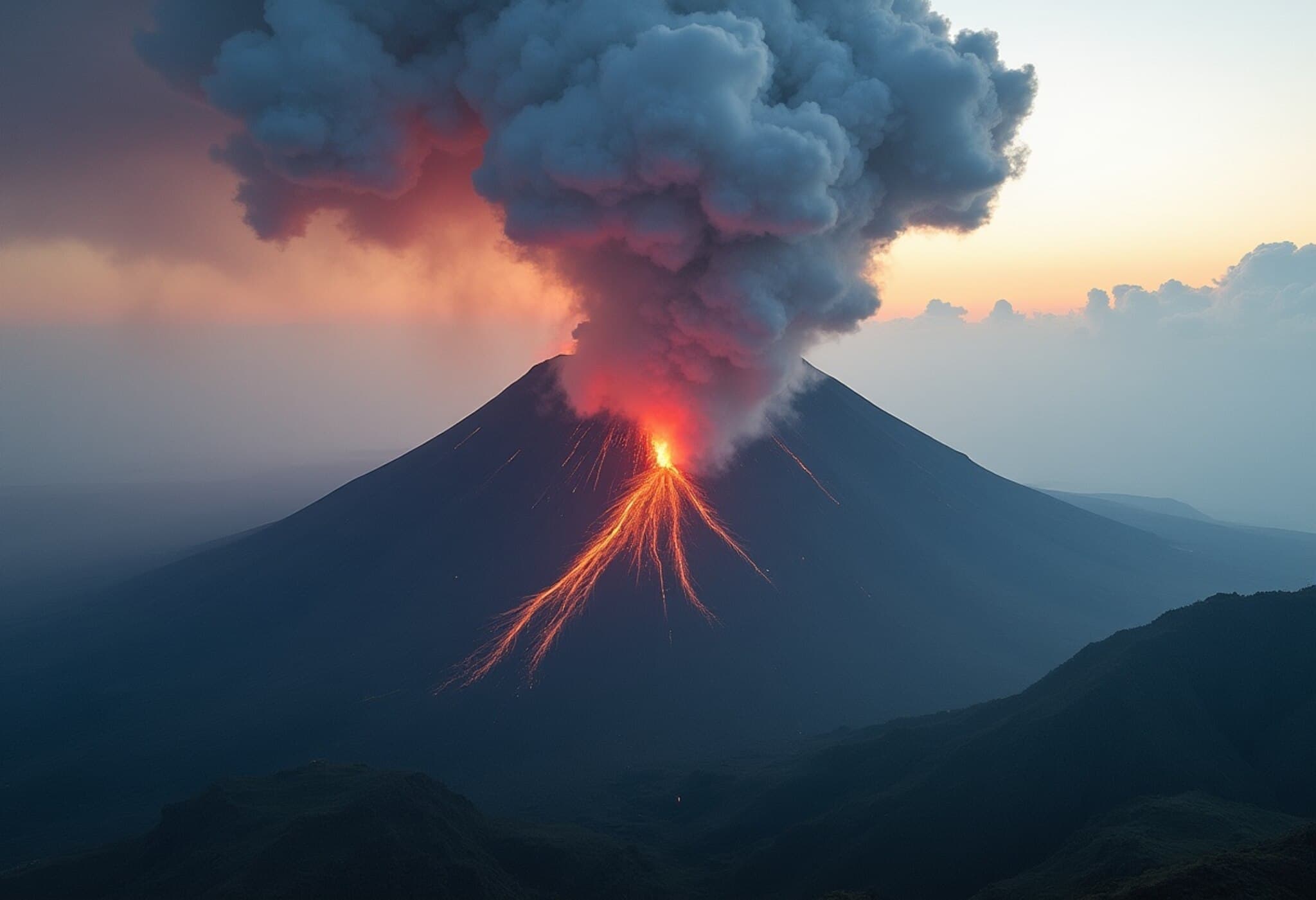Simple Queuing System Dramatically Lowers Shipping Emissions
Amid growing concerns over maritime pollution, a surprisingly low-tech solution is proving highly effective at reducing carbon emissions from cargo ships. At the busy twin ports of Los Angeles and Long Beach, a queuing system akin to a restaurant reservation app has cut estimated carbon dioxide emissions by up to 24% per voyage from East Asia since its implementation in 2021.
From Congestion to Climate Benefits
During the pandemic, over 100 massive container ships often idled off the Southern California coast, fueling air pollution as they waited for available berths at the nation’s busiest seaport complex. Traditionally, these ports used a first-come, first-served approach, pushing ships to speed up their journey only to wait for space upon arrival—a practice summarized as "sail fast, then wait." This method inevitably resulted in wasted fuel and unnecessary greenhouse gas emissions.
The new queuing system changes the game by assigning ships a place in line well before they reach port. By tracking a vessel’s departure from its previous port of call, captains can safely reduce speed without risking their docking priority. The result: less fuel burn, fewer emissions, and a smoother, more predictable docking process.
Substantial Emissions Cuts Validated by Research
Researchers analyzed over 125 million location data points from 1,157 container ships traveling between East Asia and Los Angeles between 2017 and 2023. They integrated factors like vessel size, cargo load, and engine types to estimate carbon dioxide output for roughly 10,000 voyages before and after the queuing system's rollout.
- Emissions per voyage dropped by 24% in 2022 and nearly 16% in 2023.
- Average ship speeds slowed from 18.6 knots to 15.9 knots in 2022 and slightly increased to 17.6 knots in 2023.
This slower pace not only conserves fuel but benefits marine life by reducing fatal whale collisions. Although this system is voluntary, over 95% of shipping companies using these ports have adopted it, highlighting strong industry buy-in.
Why This Matters for Global Shipping
Shipping handles more than 80% of global trade goods but accounts for about 3% of worldwide greenhouse gas emissions—exceeding the entire emissions footprint of some major countries. While sophisticated technologies like onboard carbon capture and biofuels hold promise, they often come with high costs and uncertain returns.
In contrast, this queuing system is an affordable fix, costing around $300,000 a year to operate. Developed rapidly in under a month using preexisting vessel tracking tech, it offers a practical method to slash emissions without new hardware or major infrastructure upgrades.
Expanding the Approach Across Ports
The Port of Oakland in California adopted this system in 2022, and Europe’s Port of Rotterdam began similar operations in late 2024, automatically scheduling berthing times once ships come within a designated radius. Still, the vast majority of global ports hold on to traditional berth assignment models.
Experts caution this system’s success depends on port congestion levels and industry willingness. In less congested areas, slower speeds might not gain traction. Yet the low cost, quick implementation, and clear emission reductions make it a compelling model for ports seeking greener operations.
Conclusion
The success story from Southern California demonstrates how even simple logistical changes can deliver outsized climate benefits. By encouraging ships to take their time and avoid unnecessary idling, this queuing system exemplifies a practical path forward for a cleaner shipping industry.

